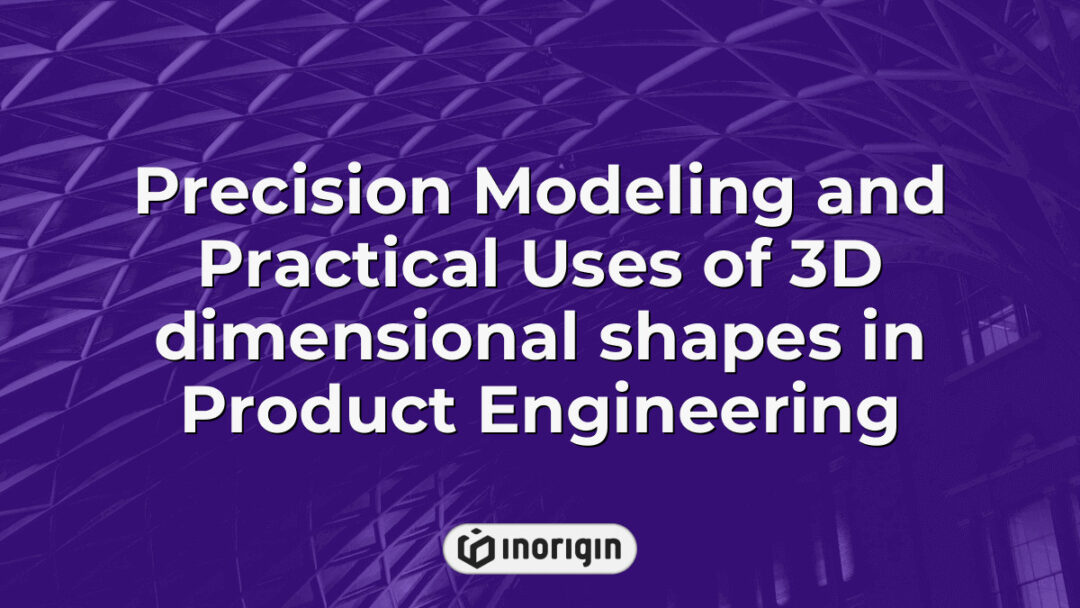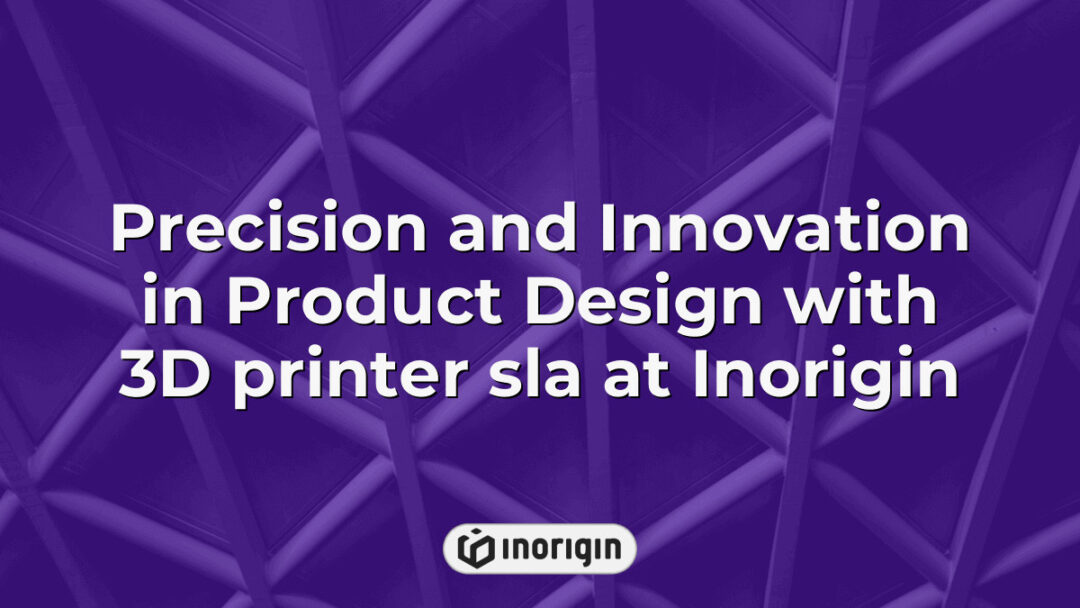In the same way that a sculptor gradually reveals the form hidden within a block of marble, additive manufacturing technology has emerged as a revolutionary approach to production, allowing for the creation of complex and intricate structures layer by layer. This innovative process not only challenges traditional subtractive methods but also opens up endless possibilities across various sectors, from aerospace to healthcare. With data indicating that the global market for additive manufacturing is projected to surpass $35 billion by 2026, its potential to enhance design flexibility, reduce waste, and enable customization cannot be overstated. As industries increasingly adopt this pioneering technique, an exploration into the mechanics, applications, and implications of additive manufacturing becomes essential in understanding its transformative impact on modern engineering and innovation.
| Aspect | Key Takeaway |
|---|---|
| Definition | Additive mfg is a transformative production method that builds complex structures layer by layer, offering enhanced design flexibility over traditional subtractive techniques. |
| Market Growth | The additive manufacturing market is expected to surpass $35 billion by 2026, reflecting strong industrial adoption and expanding applications. |
| Key Technologies | Core additive mfg technologies include FDM, SLS, and SLA, each providing unique benefits suited to diverse product design and engineering needs. |
| Industry Applications | Across aerospace, healthcare, and automotive sectors, additive mfg enables lightweight, customized components that improve functionality and reduce waste. |
| Challenges | Variability in process quality, necessary post-processing, and scaling to large production volumes remain critical considerations in additive mfg projects. |
| Future Trends | Advancements focusing on sustainability, innovative materials, and enhanced customization are shaping the next phase of additive manufacturing evolution. |
| Material Diversity | Beyond plastics and metals, additive mfg now incorporates ceramics, bio-resins, and composites, expanding design and functional possibilities. |
History And Evolution Of Additive Manufacturing
What factors have driven the transformative journey of additive manufacturing throughout its history? The evolution of this technology can be traced back to significant milestones that have shaped its development and application. Initially, in the 1980s, the advent of techniques such as stereolithography introduced the concept of three-dimensional (3D) printing, allowing for rapid prototyping of d objects with complex geometries. As innovation continued into the 1990s and early 2000s, other technologies emerged, including selective laser sintering and fused deposition modeling, further diversifying the methods available for additive manufacturing. Transitioning from niche applications within industries like automotive and aerospace, the domain has expanded markedly to include medical devices and consumer goods due to advancements in material science and improved software capabilities. This broadening scope not only underscores the versatility inherent in additive manufacturing but also raises questions about future implications for production practices across various sectors. In recent years, an increasing emphasis on sustainable practices and reduced waste associated with traditional subtractive processes has bolstered interest in this technology, positioning it as a viable solution in modern manufacturing paradigms. Through continuous refinement and integration of innovative approaches, additive manufacturing stands poised at the forefront of industrial transformation.
Key Technologies In Additive Manufacturing
Additive manufacturing (AM) technologies function much like the intricate layers of a finely crafted cake, where each layer contributes to the overall structure and aesthetic. Among the key technologies in AM, fused deposition modeling (FDM), selective laser sintering (SLS), and stereolithography (SLA) stand out due to their varying mechanisms and applications. FDM, for example, utilizes thermoplastic materials that are heated and extruded layer by layer to create three-dimensional objects. In contrast, SLS employs a high-powered laser to fuse powdered materials together, allowing for more complex geometries compared to traditional methods. Meanwhile, SLA relies on ultraviolet light to cure liquid resin into solid form incrementally, providing exceptional surface finish and detail. Each of these printing technologies showcases unique strengths; however, they all share the foundational concept of constructing products through an additive process rather than subtractive fabrication techniques. This amalgamation of processes within additive manufacturing empowers industries with unprecedented flexibility in design and production capabilities.
Applications Across Various Industries
Additive manufacturing, often referred to as 3D printing, has revolutionized the creation of three-dimensional objects across multiple sectors. Notably, this technology is characterized by its ability to fabricate intricate designs that would be nearly impossible to achieve through traditional manufacturing processes. For instance, in the aerospace industry, additive manufacturing facilitates the production of lightweight components that enhance fuel efficiency and performance; conversely, in healthcare, it enables the customization of prosthetics and implants tailored specifically for individual patients’ needs. Additionally, within the automotive sector, companies leverage 3D printing technology to reduce material waste while accelerating prototyping processes. Consequently, industries are increasingly recognizing the potential of additive manufacturing not only to optimize production methods but also to foster innovation and improve sustainability.
TIP: Explore how adopting 3D printing technology can unlock unique design capabilities and streamline your business operations—transforming ideas into tangible products faster than ever before!
Challenges And Limitations Faced Today
The field of additive manufacturing, while heralded for its transformative potential and diverse applications across various industries, is not without its challenges and limitations. One significant challenge lies in the variability inherent in 3D printing processes; factors such as material properties, environmental conditions, and equipment precision can significantly impact the final product’s quality and performance. Additionally, post-processing requirements often introduce further complexity to the production workflow, necessitating additional time and resources that may undermine the efficiency benefits typically associated with this technology. Furthermore, issues related to scalability present hurdles for mass production; it becomes increasingly difficult to maintain consistent quality when transitioning from small-scale prototypes to large-volume outputs. Process solutions are being explored to address these complications, including advancements in monitoring systems and improved materials designed for enhanced printability. However, despite ongoing research efforts aimed at mitigating these obstacles, a comprehensive resolution remains elusive, highlighting the need for continued innovation within the field of additive manufacturing.
Future Trends And Innovations In Additive Manufacturing
The future of additive manufacturing is poised for significant advancement, driven by a confluence of technological innovations and evolving market demands. Emerging techniques in 3D printing are anticipated to enhance the production of complex geometric structures, enabling the creation of intricate objects that were previously unattainable with traditional manufacturing methods. Moreover, new product technologies are fostering increased customization opportunities across various industries, from aerospace to healthcare, thereby facilitating tailored solutions that meet specific consumer needs. Transitioning towards sustainable practices is also becoming paramount; advancements in materials science will likely yield biodegradable composites suitable for additive processes, which further align with global sustainability goals. Consequently, these developments indicate a robust trajectory toward more efficient, versatile, and environmentally responsible applications of additive manufacturing.
As the landscape of technology continues to evolve at an unprecedented pace, it becomes crucial to embrace this transformation—no longer just as a means to achieve operational efficiency but as a pathway to innovation that unlocks creativity and potential within entire sectors. Each newly created geometric design or advanced object symbolizes a deliberate step forward into a future brimming with possibilities, underscoring the importance of adaptation and resilience in an ever-changing marketplace.
Frequently Asked Questions
What Are The Environmental Impacts Of Additive Manufacturing?
The rising prominence of additive manufacturing can be likened to the industrial revolution, which drastically transformed production capabilities and efficiency. However, despite its advantages such as reduced material waste and increased design flexibility, it is crucial to examine the environmental impacts associated with this technology critically. One significant concern arises from the energy consumption inherent in various additive manufacturing processes; for example, machines operating under selective laser sintering (SLS) often require substantial amounts of energy, leading to a noteworthy carbon footprint. Furthermore, the materials utilized in additive manufacturing—ranging from polymers to metals—often possess complex recycling pathways that may not always result in sustainable end-of-life scenarios. Another critical dimension involves emissions generated during processing; certain methods may release volatile organic compounds (VOCs), contributing to air pollution if proper ventilation measures are not implemented. Thus, while additive manufacturing presents innovative approaches to production with potential reductions in physical waste, a comprehensive assessment must consider these intertwined environmental ramifications. The transition towards mitigating negative effects necessitates research into energy-efficient practices and sustainable materials that align more closely with ecological principles.
How Does Additive Manufacturing Compare To Traditional Manufacturing In Terms Of Cost-effectiveness?
Additive manufacturing (AM), often referred to as 3D printing, has gained recognition for its potential cost-effectiveness when compared to traditional manufacturing techniques. Notably, a study indicates that companies utilizing additive manufacturing can reduce their total production costs by up to 30% due to decreased material waste and fewer tooling requirements. This reduction arises from several key factors:
- Material Efficiency
- Lower waste generation through layer-by-layer construction.
- Ability to use advanced materials tailored specifically for the AM process.
- Enhanced recyclability of unused material post-printing.
Reduction in Lead Times
- Streamlined production processes enable faster prototyping and iteration cycles.
- On-demand manufacturing eliminates excess inventory expenses.
- Geographic flexibility allows localized production, thus reducing shipping costs.
Customizability
- Facilitates rapid design changes without significant retooling investments.
- Offers opportunities for bespoke products that meet unique customer demands.
- Reduces the necessity for large-scale production runs traditionally required by conventional methods.
Through these considerations, additive manufacturing presents itself not only as an alternative but potentially superior option in specific contexts within the manufacturing landscape. Nonetheless, it is imperative to evaluate various parameters—including scale of operation, type of product being produced, and market demand—to ascertain if AM truly provides enhanced cost benefits over established traditional practices.
What Materials Can Be Used In Additive Manufacturing Beyond Plastics And Metals?
Additive manufacturing, often characterized by its ability to create complex geometries and structures, extends beyond traditional materials such as plastics and metals. A diverse range of alternative materials has emerged in the field, including ceramics, which offer high strength-to-weight ratios and enhanced thermal resistance suitable for applications in aerospace and biomedical engineering. Furthermore, advancements have been made in utilizing bio-based materials, like bio-resins derived from natural sources, which contribute to sustainability initiatives while maintaining functional integrity. Additionally, composite materials that incorporate fibers or particulate matter within a polymer matrix can enhance mechanical properties, thereby broadening the scope of potential applications across various industries. This exploration of unique material options not only enhances design flexibility but also propels innovation by meeting specific performance criteria required for specialized uses. Consequently, the versatility of additive manufacturing continues to evolve through the integration of these innovative materials into mainstream practices.
What Kind Of Training Or Skills Are Required To Work In The Field Of Additive Manufacturing?
The realm of additive manufacturing, often likened to a digital sculptor meticulously shaping intricate designs from formless materials, demands a specific set of training and skills that are essential for practitioners. At the core of this industry lies an understanding of computer-aided design (CAD) software, which serves as the conduit between concept and reality, enabling the creation of complex geometries. Furthermore, foundational knowledge in materials science is indispensable; it allows professionals to discern among various thermoplastics, metals, ceramics, and emerging biomaterials based on their properties and suitability for different applications. As one delves deeper into the field, familiarity with additive manufacturing techniques—such as fused deposition modeling (FDM), selective laser sintering (SLS), and electron beam melting (EBM)—becomes critical. The integration of engineering principles alongside quality assurance methods ensures that outputs meet stringent standards for performance and durability. Thus, the comprehensive skill set required encapsulates not only technical prowess but also problem-solving abilities that mirror the iterative nature inherent in both design and production processes within additive manufacturing.
How Does The Regulatory Landscape Affect The Adoption Of Additive Manufacturing In Various Industries?
The regulatory landscape plays a crucial role in shaping the adoption of additive manufacturing across various industries. This impact can be visualized as a framework consisting of several interrelated components that govern how this technology is integrated into existing production systems. To illustrate, consider the following four elements that represent the key aspects of regulation affecting additive manufacturing: 1) Safety standards established to ensure product integrity and user safety; 2) Intellectual property regulations that protect innovation while promoting industry competition; 3) Certification processes for materials and equipment used in additive manufacturing; and 4) Environmental regulations aimed at minimizing negative ecological impacts associated with manufacturing practices. Each of these components influences not only compliance requirements but also the willingness of organizations to invest in advanced fabrication techniques.
Significantly, varying regulations across different countries contribute to disparities in market access and operational flexibility, thereby impacting global supply chains. For example, some regions might have stringent certification protocols that delay time-to-market for new products produced via additive methods, whereas less regulated environments may encourage rapid experimentation and deployment. Furthermore, emerging sectors such as healthcare or aerospace face additional scrutiny due to the critical nature of their applications; consequently, adherence to comprehensive quality assurance measures becomes paramount. Consequently, understanding and navigating this multifaceted regulatory environment is essential for organizations seeking to leverage additive manufacturing technologies effectively within their respective markets.
Conclusion
Additive manufacturing represents a transformative force across multiple sectors, fostering innovation and efficiency. For instance, Airbus employs 3D printing to produce lightweight components for aircraft, significantly reducing material usage and manufacturing time while enhancing performance. This exemplifies the profound impact of additive techniques on contemporary industrial practices and future potentials.
Related posts:
- Additive Manufacturing Advancements Driving Precision Engineering and Product Innovation at Inorigin
- What is Additive Manufacturing and Its Role in Transforming Product Design and Engineering
- Additive Manufacturing Transform Product Design And Engineering Through Advanced 3D Printing at Inorigin
- How Can Additive Manufacturing Revolutionize Product Production Through Design Freedom and Supply Chain Innovation
- Additive Manufacturing Impact Product Development Driving Innovation and Speed at Inorigin Studio
- How Can Additive Manufacturing Improve Product Design and Engineering to Unlock Complex Geometries and Accelerate Prototyping at Inorigin




